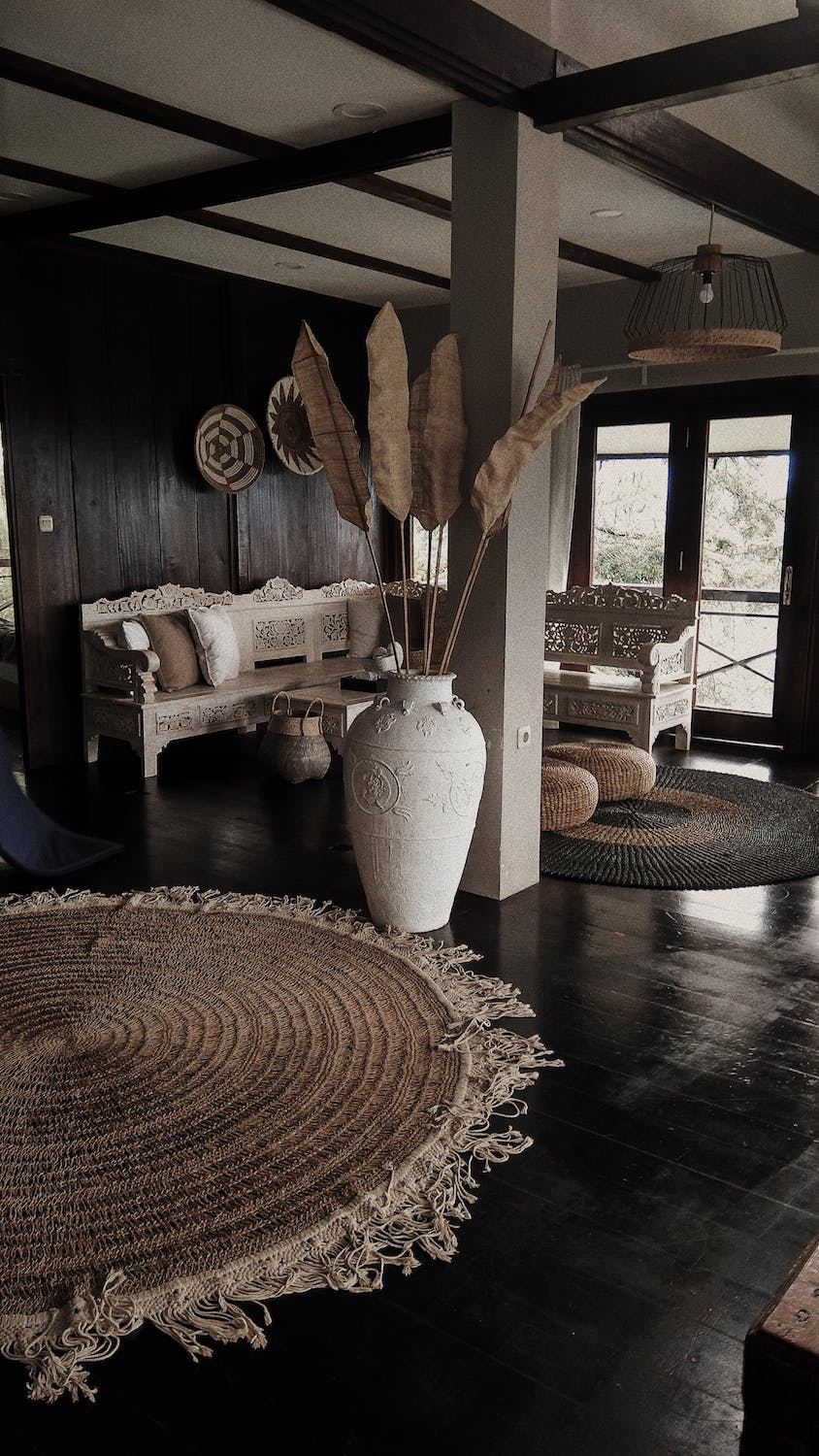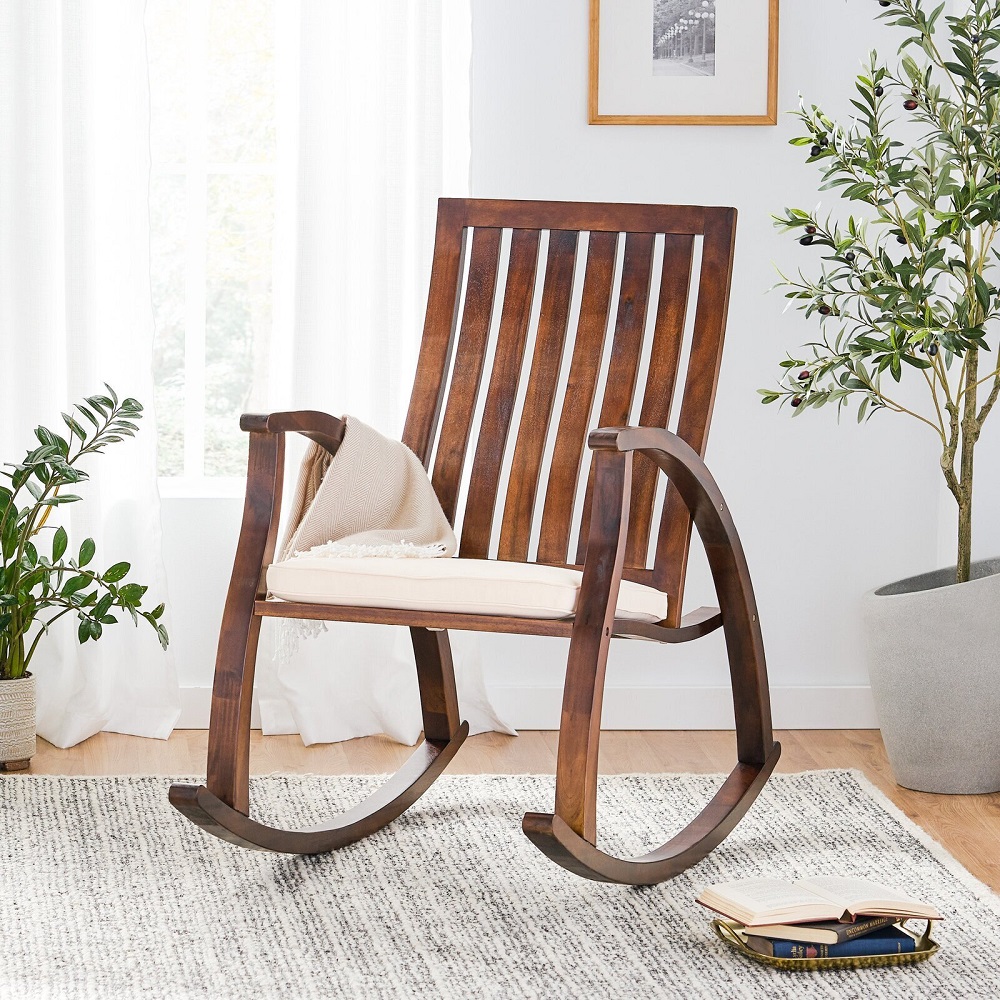Creating an Eco-Friendly Dining Space with Sustainable Table Options
Sustainable dining tables :as eco-awareness grows regarding furniture waste and deforestation, more emphasis focuses on sourcing sustainably built dining tables. From recycled construction to ethically harvested woods, multiple conscientious brands now offer quality tables protecting the planet over decades of use.
Understanding Sustainable Materials
The key to sustainable furnishings lies in utilizing renewable, reusable or natural materials in their fabrication. For dining tables, common green options include locally sourced oak or maple woods, durable bamboo composites, reclaimed pine and metal bases, as well as upcycled plastic or glass.
Ethical Wood Harvesting
Seeking out FSC (Forest Stewardship Council) certified wood dining tables ensures their lumber originated from responsible forestry practices. This sanctions certain harvest levels preserving forest health and biodiversity rather than overlogging prime old growth.
Salvaged and Recycled Components
Tables made from reclaimed barn woods or reused factory floorboards give new life to materials otherwise landfill bound. Supporting brands that upcycle retired stadium bleachers or plastic barrels into weatherproof tabletops also makes good green sense.
Durability and Adaptability
Well-built dining tables designed for longevity use mortise and tenon joinery, durable finishes and quality hardware to withstand generations of use. Timeless, clean-lined styles blending seamlessly with evolving interior trends prevent premature disposal waste.
Conscious Production Methods
Beyond material selections, sustainable tables come from manufacturers prioritizing energy efficiency, waste reduction and ethical working conditions. Brand certifications to seek out include B Corp, Greenguard and ISO 14001 denoting admirable behind-the-scenes initiatives.
Accessible Local Craftsmanship
Patronizing regional table makers sources wares closer to home, cutting back on carbon-heavy long haul transport. Custom work also enables tailored sizing or features to suit needs perfectly, avoiding later resale or landfill route.
Donate and Upcycle Used Pieces
Once retired from daily use, responsible consumers can continue the sustainability cycle donating clean tables to charities and selling to vintage shops. Some artists even upcycle old dining tables into clever repurposed furnishings extending usable lifespans innovatively.
By supporting merchants and designs invested in environmental stewardship, every dining table purchase nudges the furniture industry toward smarter closed-loop production systems. This gradually transitions manufacturing from harmful linear models to regenerative circular processes benefitting communities and ecosystems globally.
Top Eco-Friendly Dining Table Options Blending Style and Ethics
Seeking out a quality dining table good for the planet no longer requires sacrificing aesthetics or functionality. As sustainable furnishings gain popularity, the selections available offer clever green materials meeting any style preference from modern to traditional.
Reclaimed and Repurposed Woods
Tables crafted using upcycled barn boards, retired flooring or salvaged beams bring character-rich patinas showing the natural beauty of aged wood. Makers like Unfurl, Post+Beam and Farvue specialize in sourcing retired materials for renewed life on custom dining tables.
Ethically Harvested Live-Edge Slabs
For organic edge fans, many brands handpick maple, walnut or oak direct from small ethical mills and artisanal sawyers supporting sustainable forestry. Custom configurations and live-edge dining tables from Harvey Maria, Brentwood and KlabCab blend environmental values with striking silhouettes.
Eco-Composite Materials
Innovative green manufacturers engineering durable dining table materials from recycled plastic, reclaimed fibers and agricultural crops diverts waste accumulating in landfills. Pietra Fina, Paperstone and Richlite compose their tables from recycled paper, coffee grounds and bio-residues once considered rubbish.
Converted Scrap Metals and Glass
Skilled artisans turn recycled metals and salvaged glass into beautifully unique tabletops and bases preventing scraps from reaching junkyards. Designers like Bend and Steel Root upcycle discarded steel and iron piping into durable pedestal tables with industrial appeal.
Socially Conscious Makers
Beyond sustainable materials, many admirable brands focus on ethical workplace standards for their artisans plus partnerships supporting environmental and social causes with profits. These holistic business models improve communities while making greener tables accessible.
Renewable Bamboo Builds
As a fast-growing resilient grass rather than lumber harvested from old trees, renewable bamboo makes a stellar sustainable furniture material. When properly treated, bamboo dining tables from brands like Grezu and Bamboology offer eco-friendly durability rivaling traditional hardwoods.
Vintage Inheritance Pieces
Heirloom quality construction allows some antique dining tables to serve households sustainably for over a century before styling out of favor. Breathing new life into pre-owned Victorian or mid-century treasures via antique dealers keeps previous generations’ woodcraft appreciated.
The array of aesthetics and conscience-driven dining tables on the market today makes furnishing sustainably easier than ever. With some diligent research into makers and materials, quality craftsmanship and environmental stewardship now intertwine beautifully.
Selecting an Eco-Friendly Dining Table Aligned to Your Values
Seeking out greener furnishings makes sense for long-term health and environmental reasons. But navigating the sustainable dining table market poses challenges for shoppers inundated with vague claims and confusing certifications. These practical tips help identify truly ethical options suiting your style.
Validate Sourcing Transparency
Reputable makers detail their growth regions, harvesting methods and shop practices supporting forest stewardship and reduced emissions. Seek FSC certification and specific worker care initiatives. If companies hide behind vague “eco-friendly” assertions without specifics, move on.
Assess Processing Impacts
Understand tradeoffs between manufacturing methods regarding durability gains versus carbon footprints. While some petroleum-based resins create durable dining tables, plant-based adhesives have lower environmental impacts. Weigh personal priorities like longevity versus production ethics.
Calculate True Cost Per Use
A $2,000 handcrafted table made from reclaimed old-growth wood lasting generations ultimately costs less per year than a fast furniture piece with short usable lifespans before disposal. Evaluating dining tables across their usable timelines measures authentic value.
Factor Maintenance Needs
High traffic dining tables require protective finishes and blemish-masking wood tones involving harsher stains. More delicate woods demand extra care but patina beautifully. Ensure your habits and expectations align to a table’s wear threshold before purchase regrets set in.
Review Component Qualities
Durable corner blocks, moisture-resistant bases, and reinforced joinery differentiate quality craftsmanship from quick construction destined for early replacement. These structural supports underscore sustainable fabrication built to outlast shifting interior trends.
Ask About Disposal Resources
Ideally a dining table should serve households for decades before recycling needs arise. Yet it feels good buying from transparent brands pledging to reuse returned tables or connect owners with ethical disposal options rather than landfill defaults.
Support Like-Minded Builders
Researching the values aligned to any furnishings company offers insights into their trustworthiness beyond sales claims. Some donate proceeds to forest conservation while leading by example implementing sustainable operations. These admirable groups deserve support.
By digging deeper into dining table origins, materials and stewardship ideals before purchase, consumers cast votes through spending empowering producers aligned with ethical priorities. This gradually influences the home furnishings industry toward more sustainable practices benefitting everyone.











